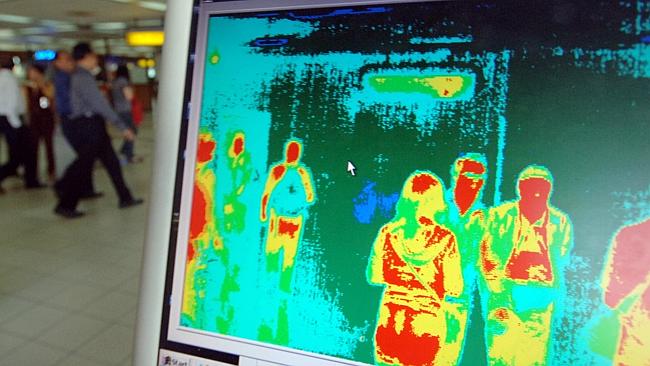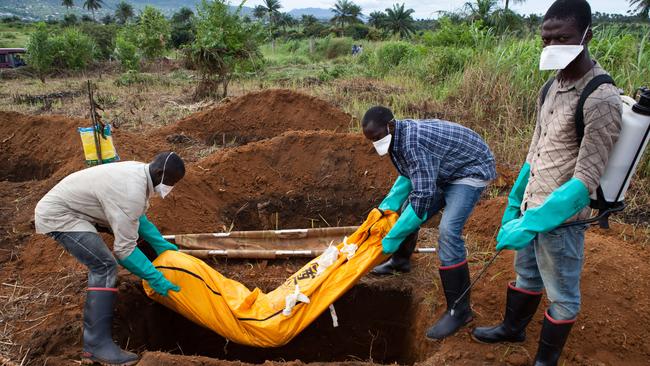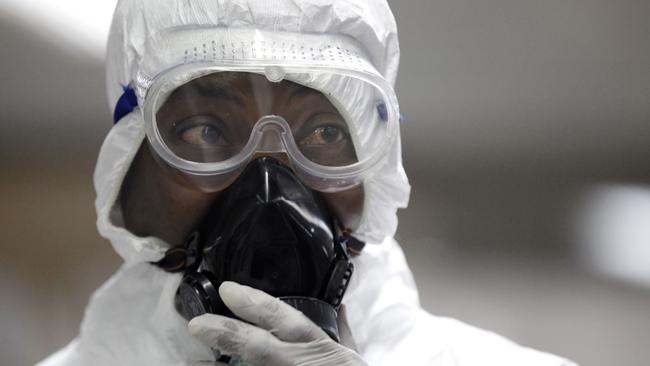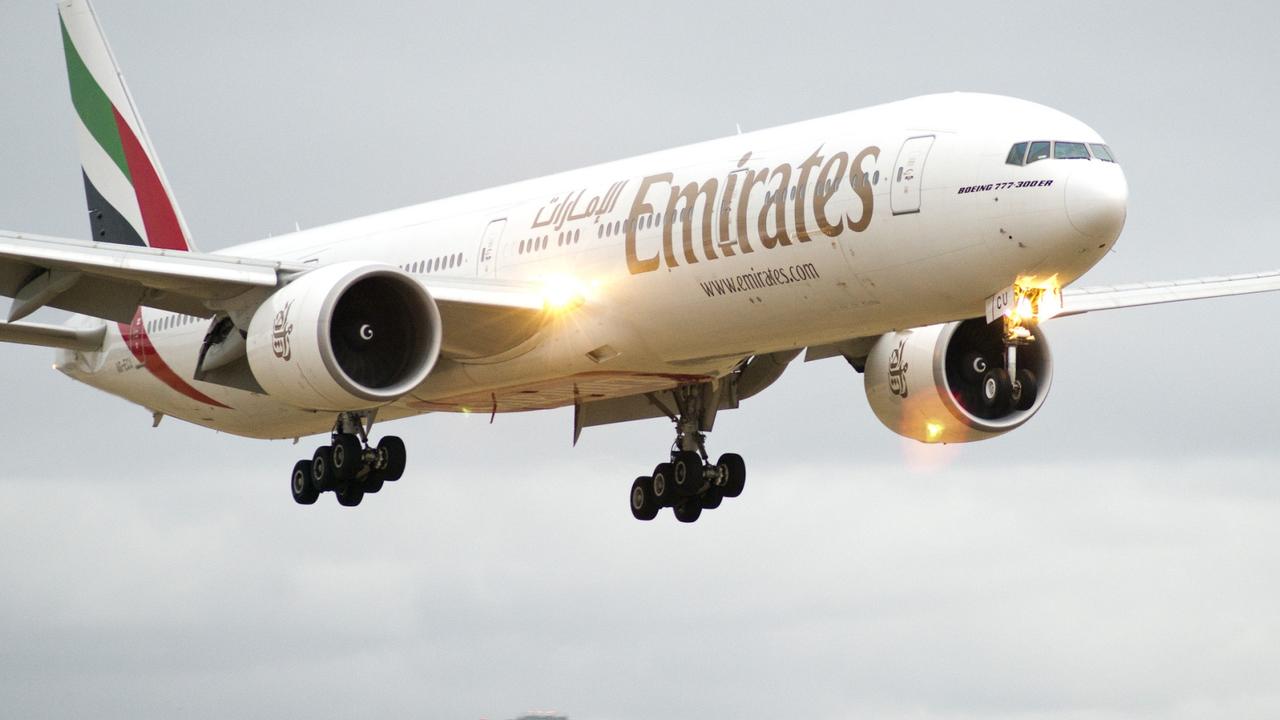Ebola fear: Temperatures to be tested at airports
WITH Ebola spreading, airports are boosting their screening measures to the heights of 2009, when the world was on swine flu alert.

US AIRPORTS are ramping up biosecurity measures, as the world’s worst ever Ebola outbreak spreads.
Overnight the disease claimed the life of a man in Texas, and a nurse in Spain has contracted the disease after treating two elderly missionaries in Madrid.
Travellers will have their temperatures taken on arrival at five major airports in light of the spread of Ebola, which may claim its second victim in the US with a man believed to have been in contact with the deceased man rushed to hospital today.
But passengers travelling to Australia won’t face the same scrutiny.
MORE: Health scare rock Sydney Airport
THE GRIM TRUTH: Why the 2014 Ebola outbreak is so scary
The spread of the disease is seeing airports’ screening measures taken to the heights of 2009 when the world was on alert for the H1N1 virus (swine flu). But Australia is not getting on board, a Federal Health Department spokeswoman told news.com.au.
While recent events have sparked the screening boost in the US, the health department saidAustralia’s already rigorous testing for the disease would not be changed.


“Nothing changes in Australia because of the US or the recently reported case of a Spanish nurse who has tested positive for Ebola after caring for two Spanish patients with Ebola who were repatriated from West Africa,” she said.
“Australia already has measures in place at the border and in designated hospital in all States and Territories.”
Dr Grant Hill-Cawthorne, lecturer at the University of Sydney’s Institute for Infectious Diseases and Biosecurity, said Australia’s measures were “more than efficient” and there was no proof temperature-testing was effective.
“It’s hard to say how effective it is,” he said.
“You can take temperatures, they’ll identify if someone at that point has a temperature. It’s not necessarily an indicator for Ebola.
“It might identify a few people, but I suspect not many would be identified through the airport route.”

Dr Hill-Cawthorne said the most effective screening for Ebola, which Australian airport staff are already advised to carry out, is “eyeballing” potential patients.
“Anyone who’s done the long-haul flight to Australia knows we never look our best, but the flight crew should report anyone who looks unwell,” he said.
“There are also more detailed questionnaires for people who have travelled from countries that have been hit with the disease, and those would be checked again by immigration staff.”
While the Ebola crisis has been identified as the worst ever outbreak, killing almost half of the 8000 people infected, Dr Hill-Cawthorne says Australia is at minimal risk, and the airport measures are sufficient.
“We’re not doing as much as did in 2009 simply because that was a world wide pandemic,” he said.
“Australia was monitoring entries from all different countries and [swine flu] is a very different kettle of fish to Ebola, which is very difficult to transmit.
“All of those things mean that you don’t necessarily have to carry out temperature screening in airports. There’s not really anything more that we can do here unless we’re quarantining every person who comes into the country.”

But the Department of Health has put in place additional measures to address the risk of Ebola to Australia, with border agencies given guidance to identify and quarantine any passengers presenting Ebola symptoms in flights and at airports.
Border staff at international airports have been instructed to assess people arriving from the four affected West African countries and the Congo, since early August.
At the beginning of October there had been 651 people interviewed, six of whom were referred for further consideration by human quarantine officers, but none required further action.
The five major US airports that where travellers will have their temperature taken on arrival are expected to test around 150 passengers per day.

The airports implementing the measures are John F. Kennedy International in New York, Washington Dulles International, Chicago O’Hare International, Hartsfield-Jackson Atlanta International and Newark Liberty International in New Jersey.
President Barack Obama told state and local officials the measures were another tier of protection at key US entry point.
“These measures are really just belt-and-suspenders — it’s an added layer of protection on top of the procedures already in place at several airports,” he said.
The five airports affected cover the destinations of 94 per cent of the people who travel to the US from the three heavily hit countries in West Africa — Liberia, Sierra Leone and Guinea.




